How patients in Swiss psychiatric clinics painted their experience
It was easy to get into a psychiatric clinic at the beginning of the 20th century. Getting out was more complicated. To breach the gap to the outside world, many patients turned to art, as a recent exhibition in Thun shows.
From 2006 to 2014, researchers from the Zurich University of the ArtsExternal link explored the archives of 22 early psychiatric clinics in Switzerland; the 5,000 works, created by patients at a time when “art therapy” was yet unknown, can be found at the Swiss Institute for Art ResearchExternal link.
And now, the “Extraordinary! Unknown works from Swiss Psychiatric Institutions around 1900External link” exhibition showcases a selection of some 180 of the works at the Kunstmuseum of ThunExternal link (until May 19).
Through these works, life in an institution is laid bare – a life cut off from the outside world.
It was around 1850 when people with psychological problems first began to be seen as sick patients. “From then, clinics spread across Switzerland and more and more people were interned,” says Kathrin Luchsinger, the art historian in charge of the research project.
Living and dying
At the time, internment in such an institution was not seen as a short-term solution: patients sometimes lived their whole lives there, even died there. “The idea was to isolate them from their previous environments and activities,” says Luchsinger.
Often it was only through drawing, painting, knitting, or bricolage that patients managed to describe this life of isolation – a theme that emerges in various works.
In one copybook, a patient has drawn her house. On another page of the book, her room is rendered so precisely that we can even see a desk upon which sits the very copybook in which she is writing. The windows are open, the sun is shining right into the middle of the room, everything is ordered.
But beside the drawings, the chilling phrase: “I am in the institution and I don’t know where my things are anymore. Everything is packed away in boxes”.
The drawings and writings of this patient were particularly touching for Luchsinger. “Many patients experienced their internment as a loss of meaning, a chaos. They know longer knew themselves, they were afraid. It’s understandable,” she says.
Difficult, but not inhumane
Seen in such light, institutional life in 1900 could be compared to imprisonment. But the art historian stresses that psychiatry in Switzerland at the time was not completely inhumane – it was even successful to a point.
“An innovative psychiatric method had been developed in the country,” she says. “Lots of psychiatrists were interested in understanding what their patients were experiencing. This is why so many such artworks were kept.”
Patients did not have a lot of material to create with, however: they drew on cheap paper, packaging, or other improvised surfaces. The lack of means is obvious in the exhibition: “The works are presented on small surfaces, and very few colours are used,” says Luchsinger, who senses that the patients wished they had more opportunities.
The exhibition, which runs until May 19 in Thun’s Kunstmusem, will then travel to Austria and the Lentos Art Museum (June 7 – August 18) and the Prinzhorn gallery in Heidelberg, Germany (October 11 – January 20).
Translated from German by Domhnall O’Sullivan, swissinfo.ch
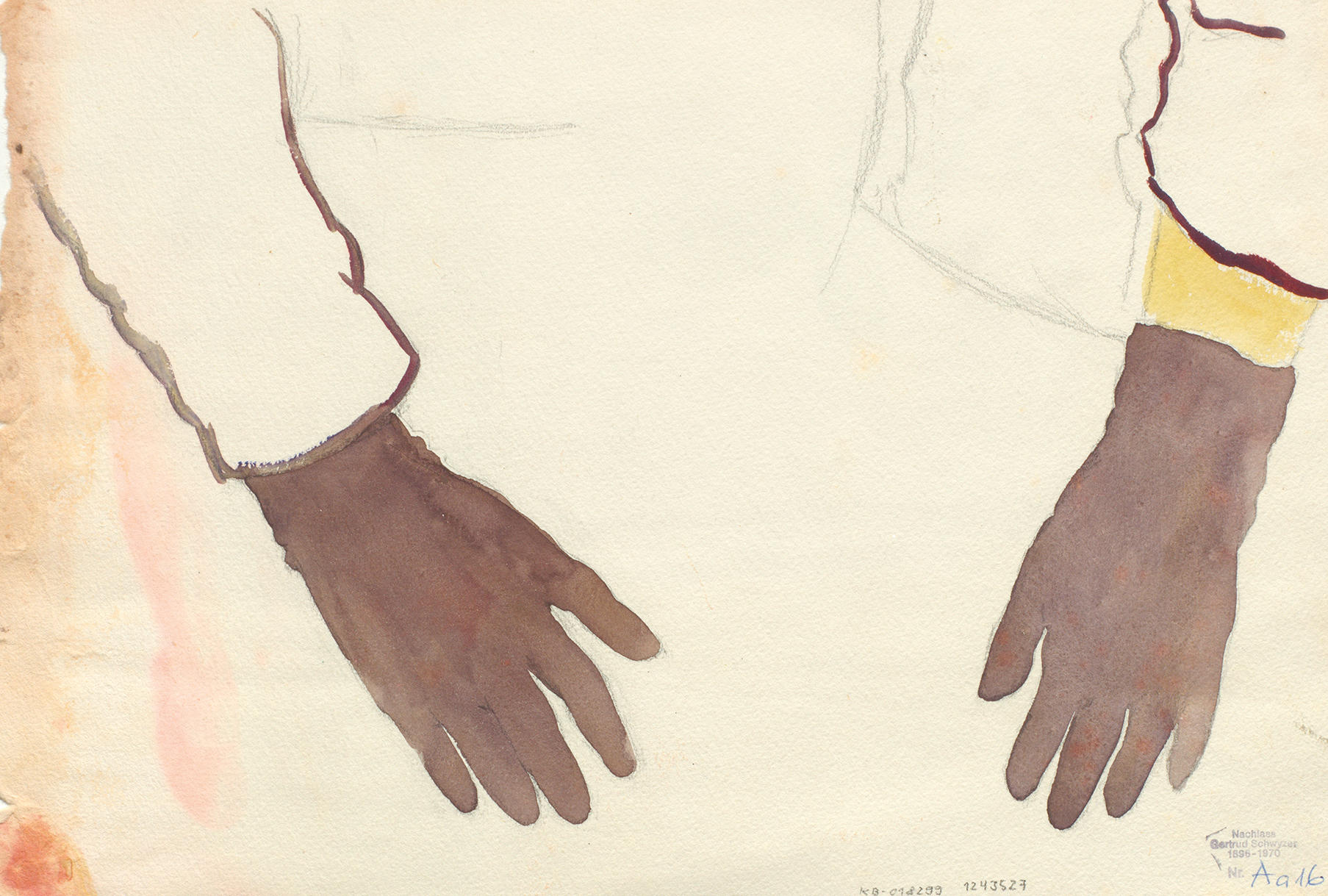

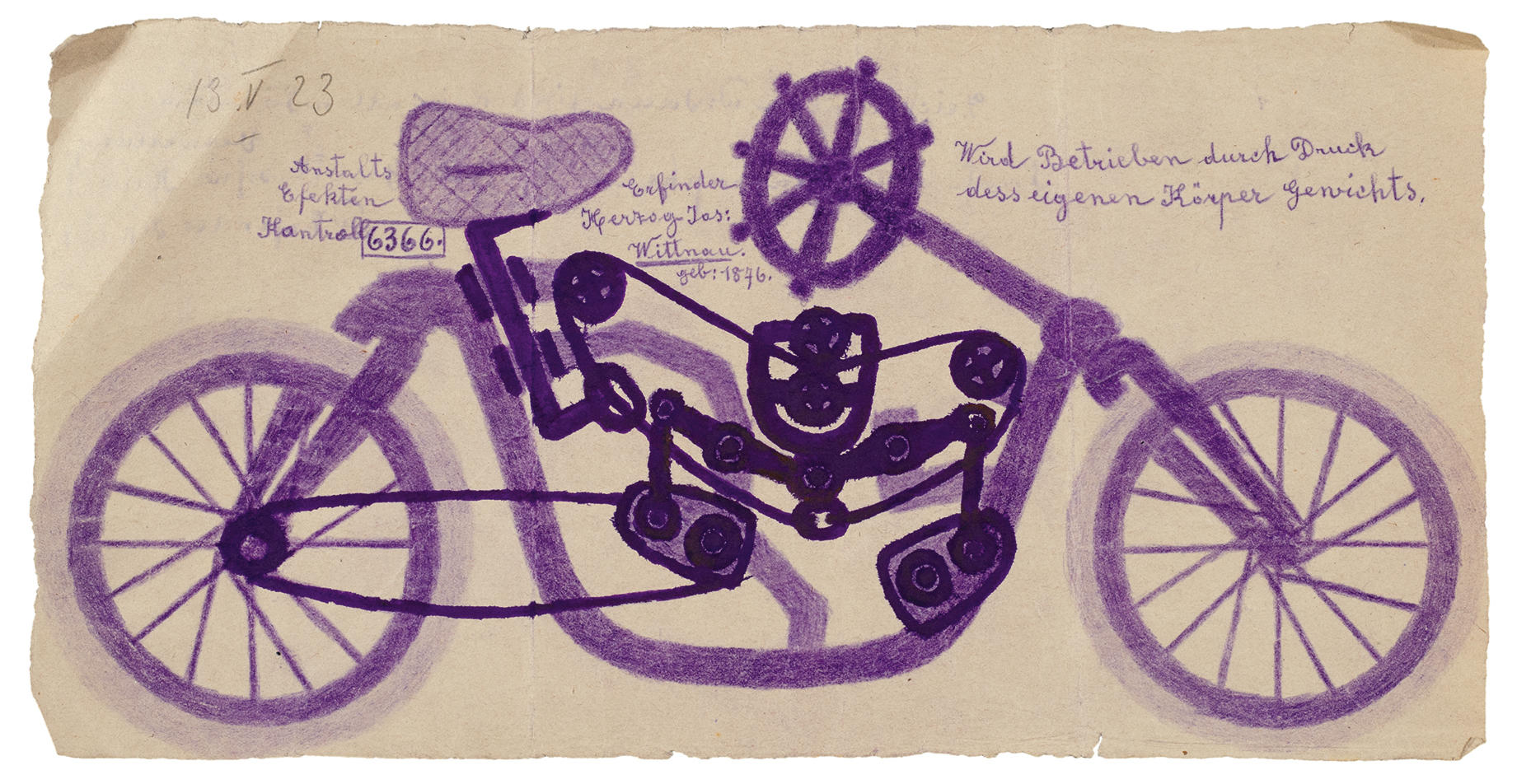


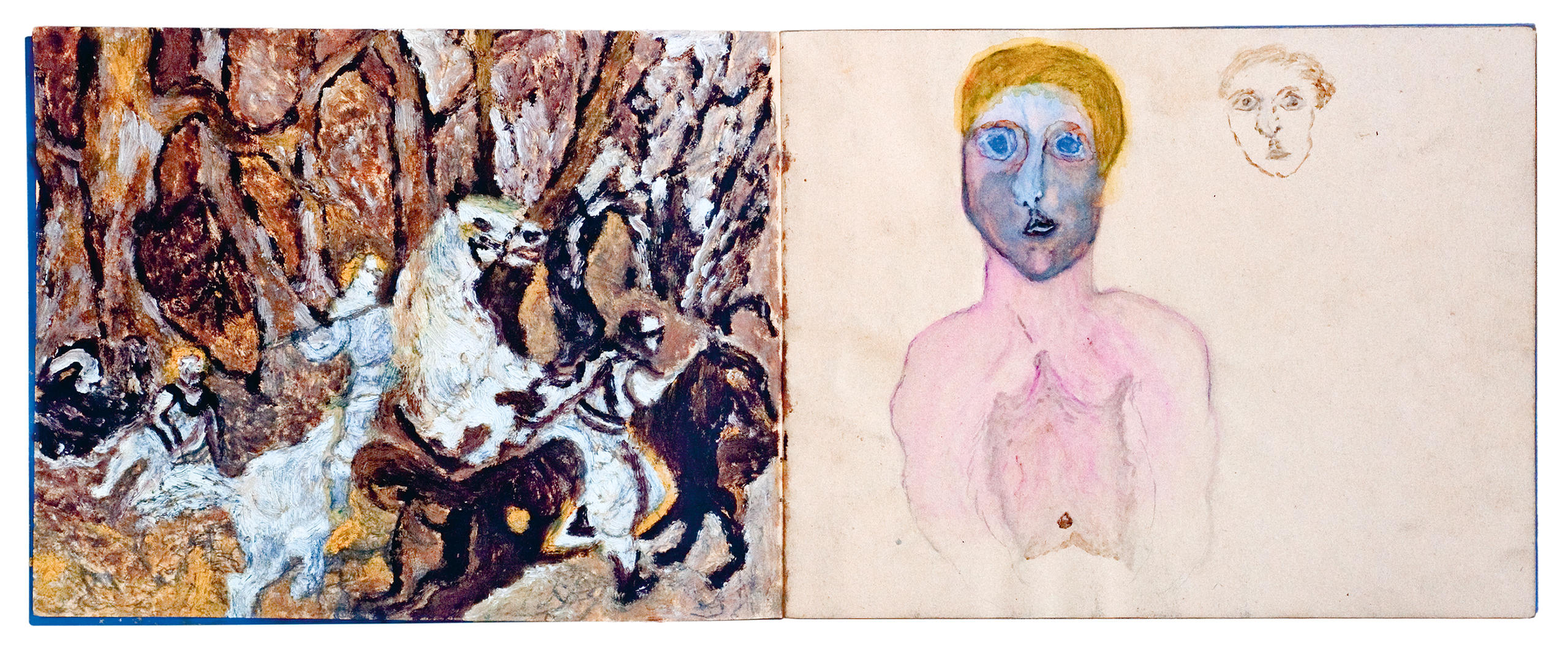
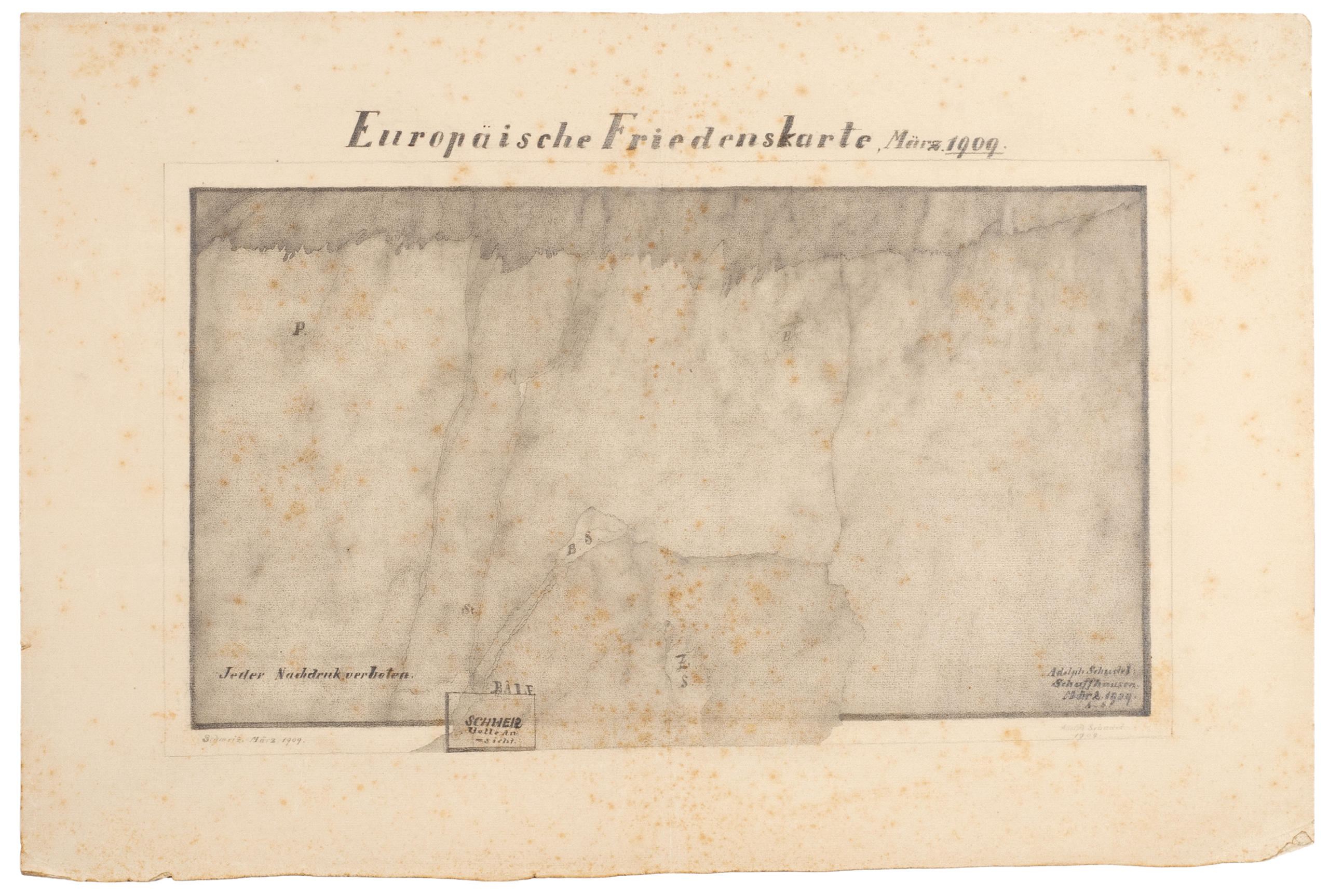
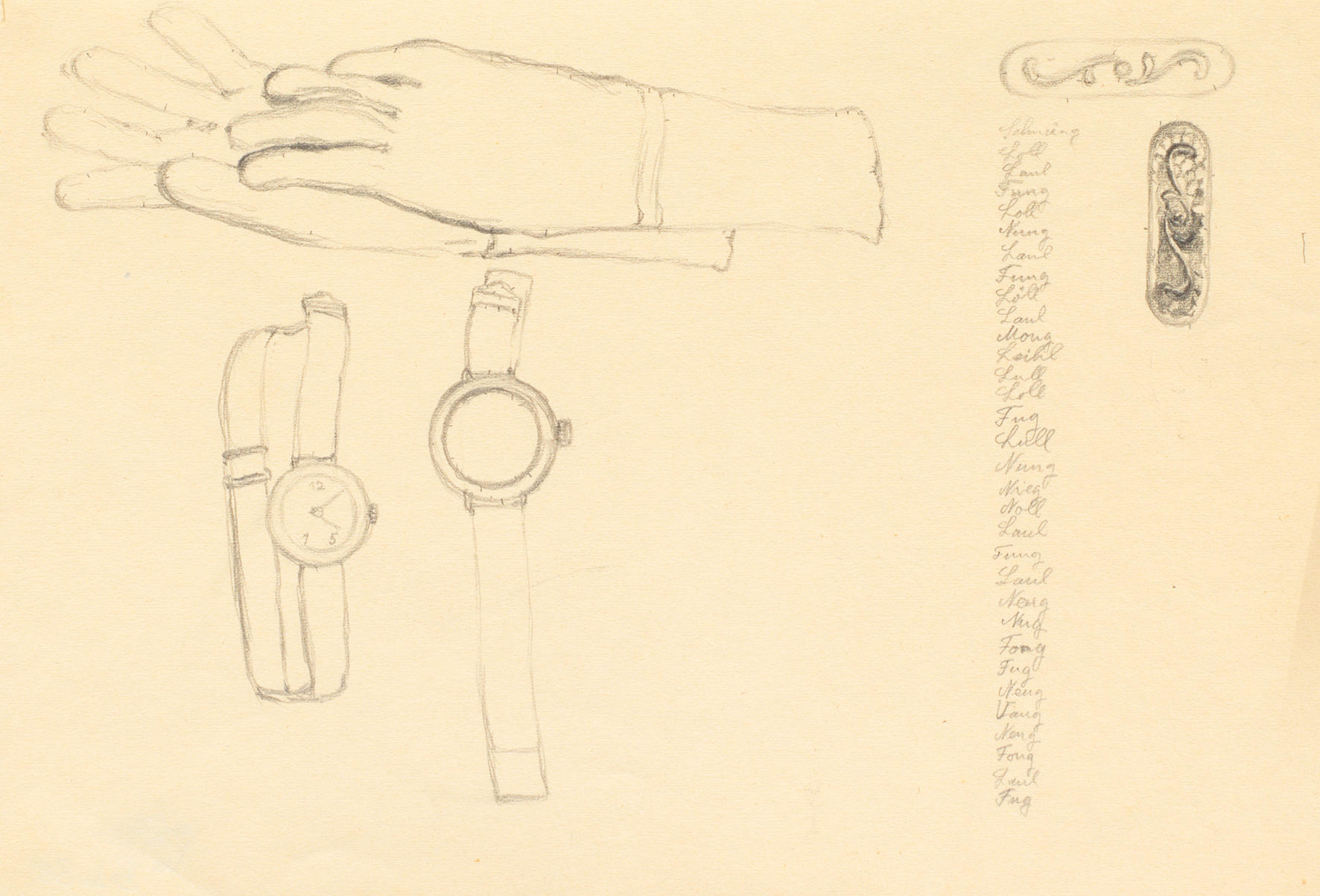

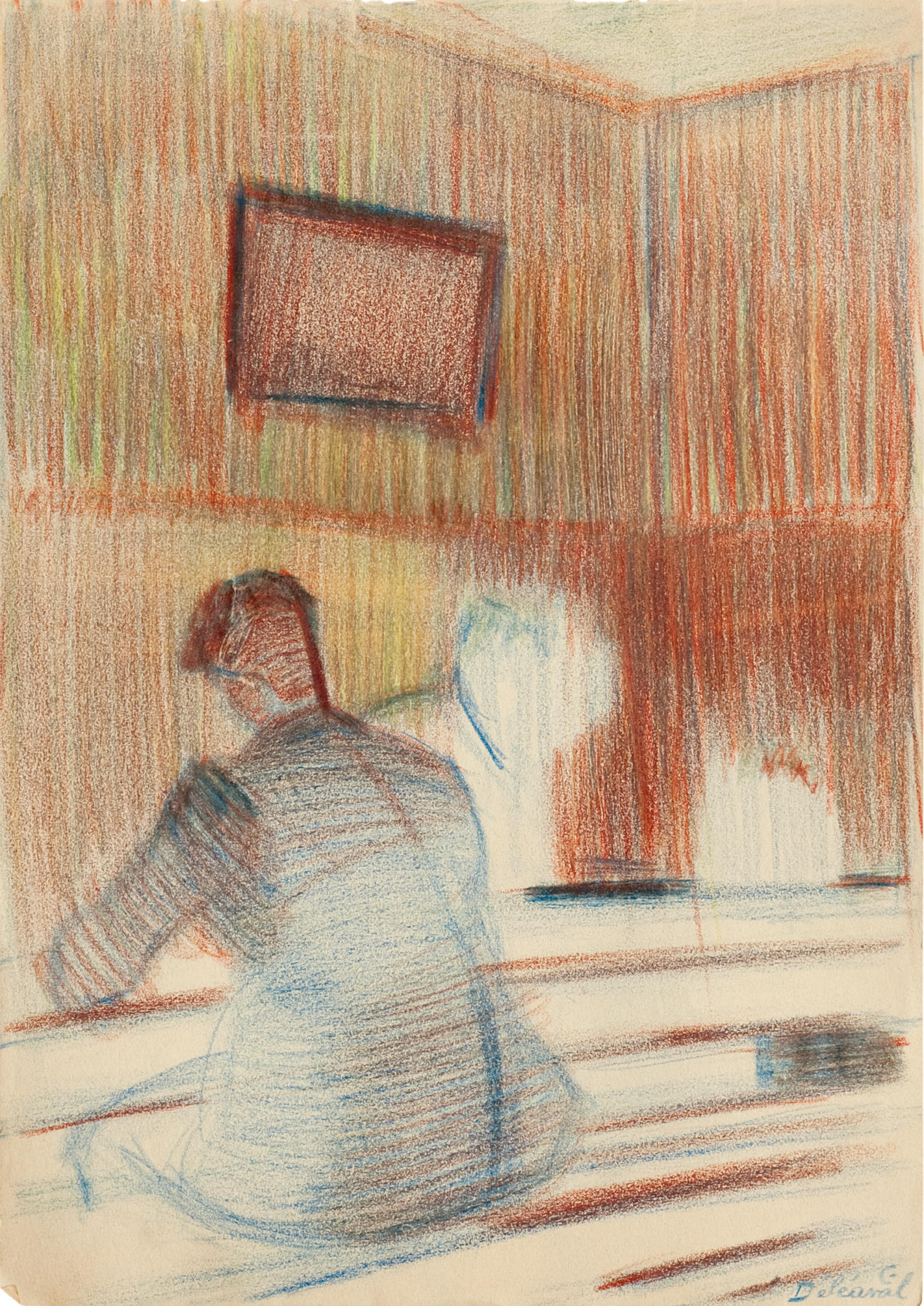
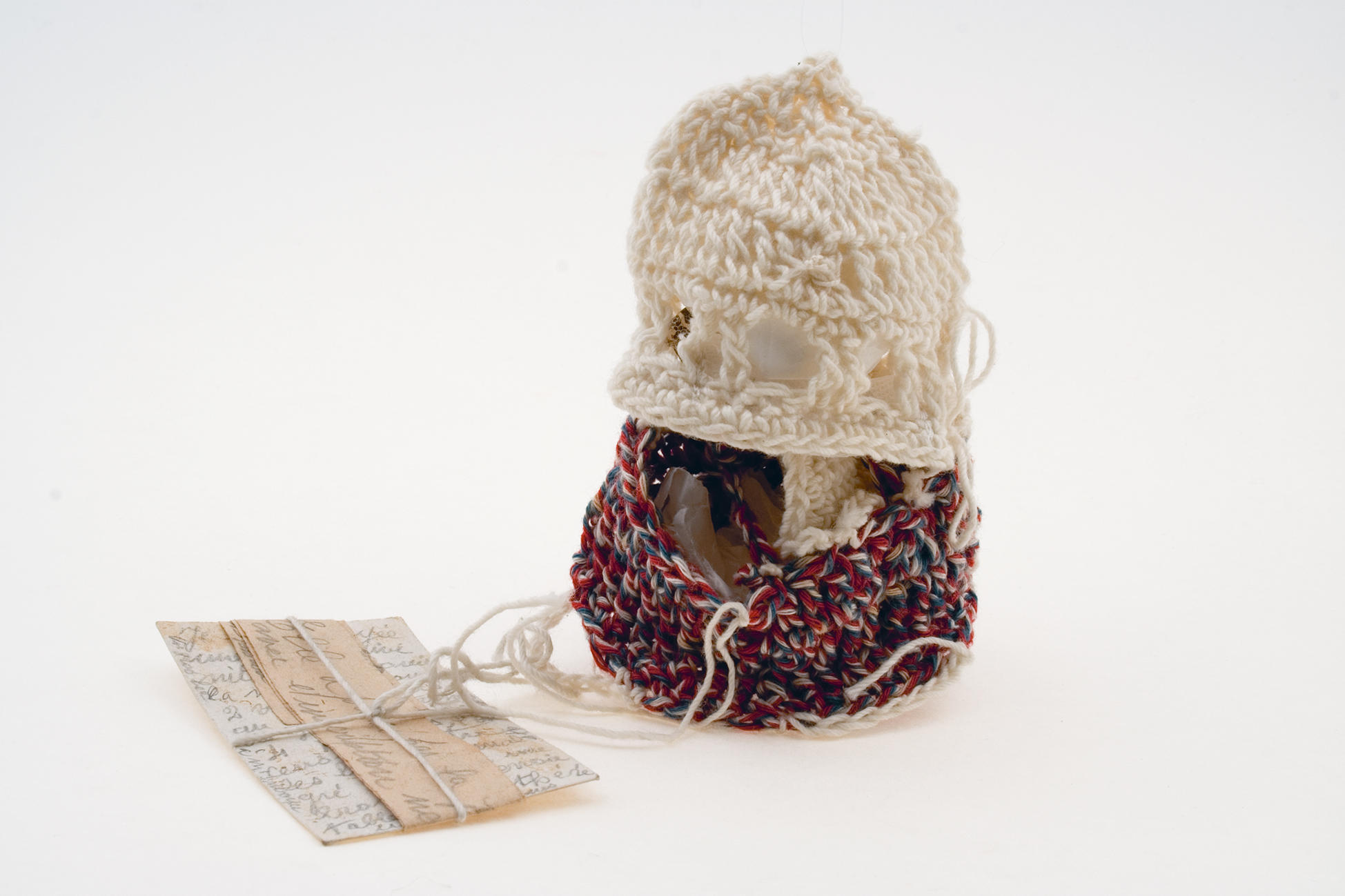
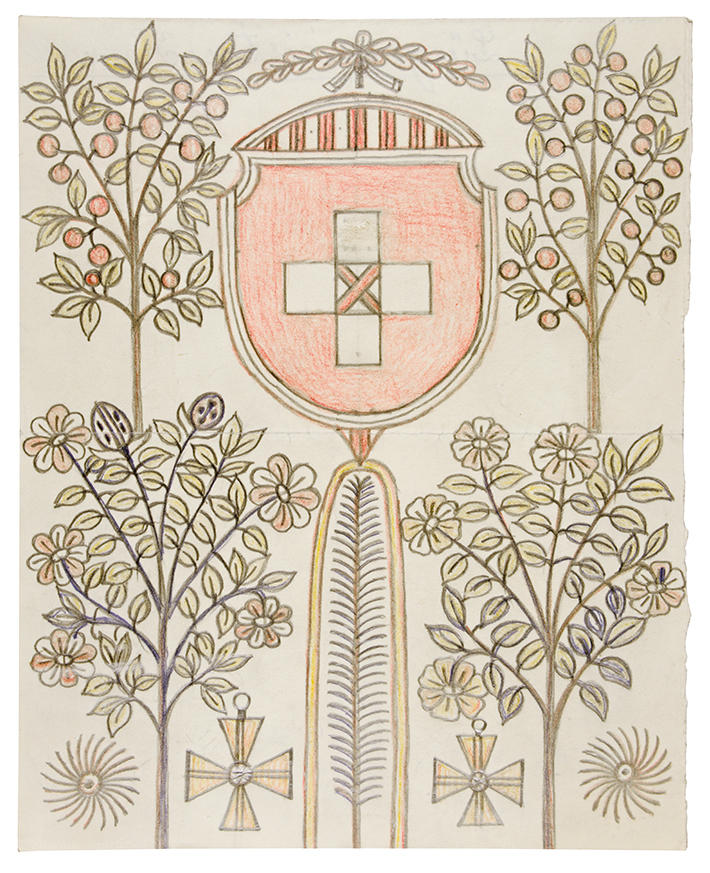
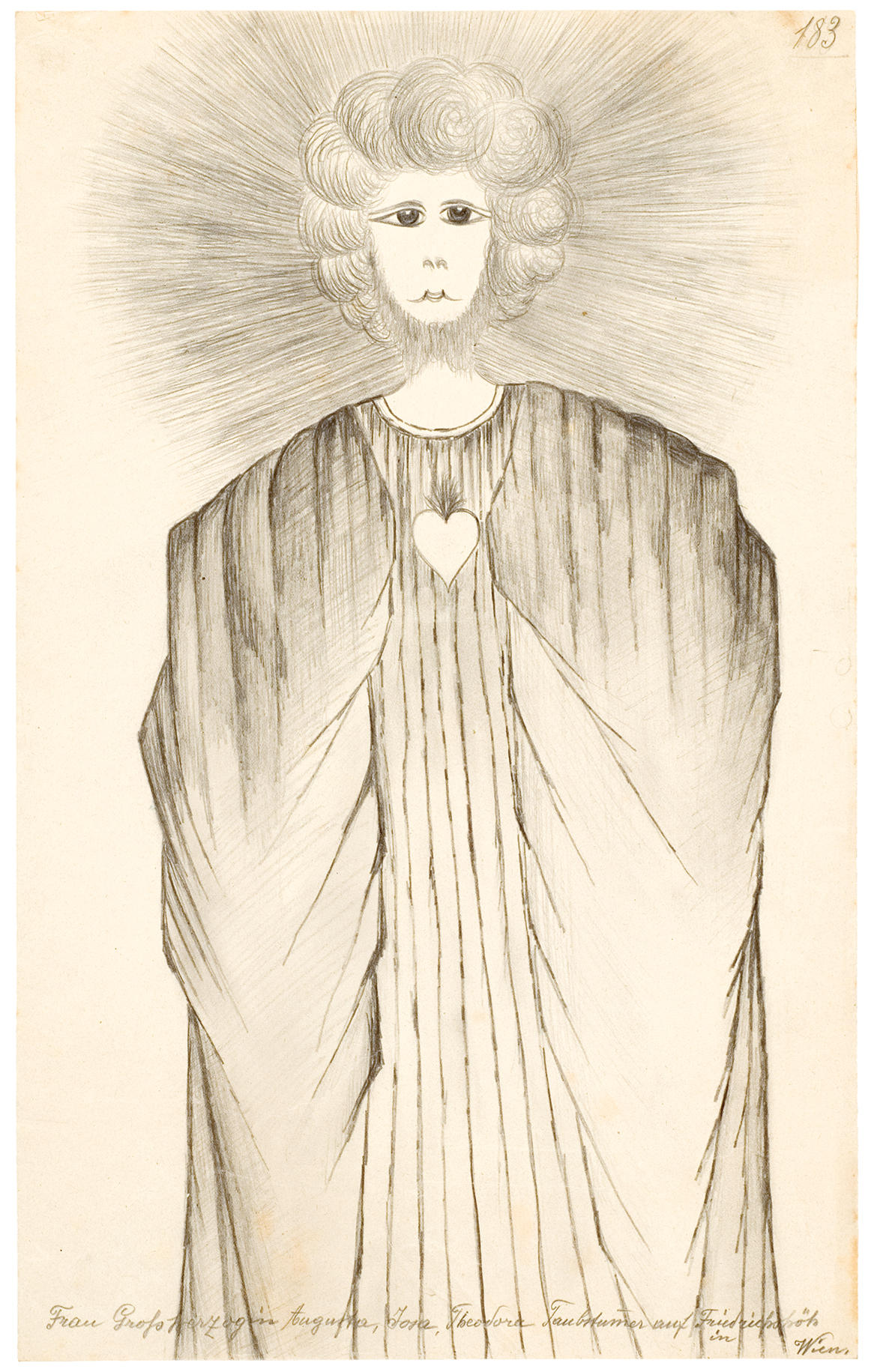







You can find an overview of ongoing debates with our journalists here . Please join us!
If you want to start a conversation about a topic raised in this article or want to report factual errors, email us at english@swissinfo.ch.